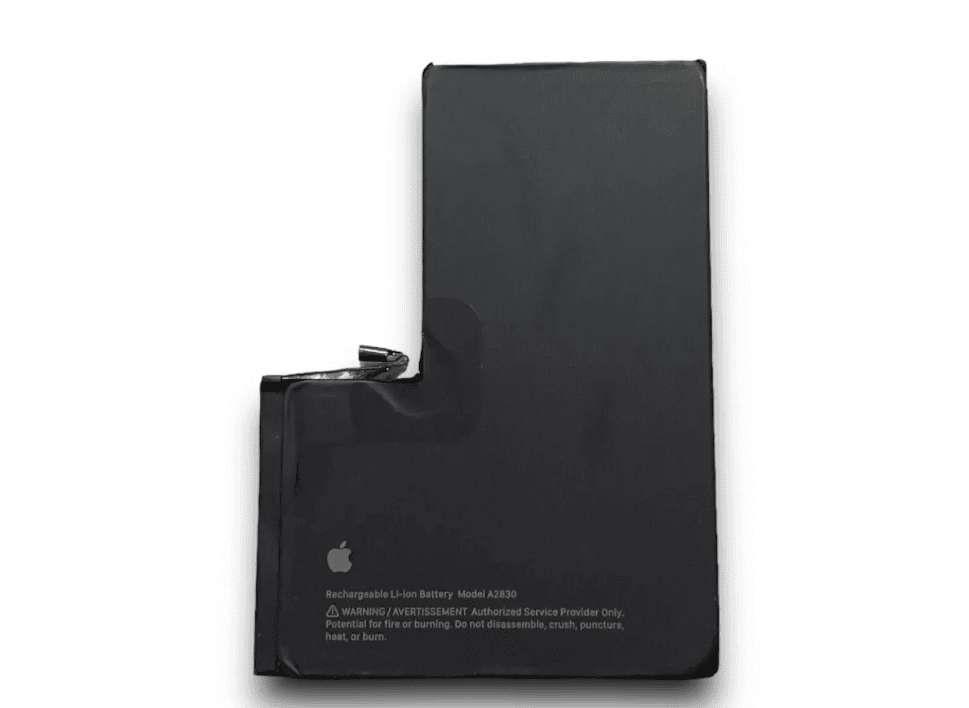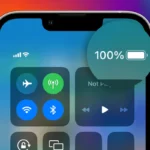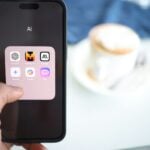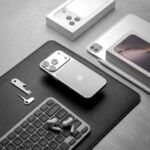Apple introduced Activation Lock as a way to deter thieves from stealing iPhones and it worked very well (for the most part). With Activation Lock, a phone that was reported stolen would be locked out of iCloud until the original owner would ‘unlock’ it, rendering the phone useless. But there was still a small exception to this – most of the internal parts of the phone, including the screen, sensors, ribbons, battery, etc., were still useful on the repair market. So while theft did plummet, there was still a significant amount of stolen parts in the repair market. Well, with iOS 18, Apple is now aiming to eliminate that as well.
Apple is introducing a new security feature in iOS 18 that extends Activation Lock to individual iPhone components. This means essential parts like the display and battery are now linked to the owner’s Apple ID, making it harder for thieves to profit from stolen parts. The aim is to discourage the black market for stolen iPhone components and promote repairs through authorized channels. This move demonstrates Apple’s ongoing commitment to enhancing the security of its devices and tackling the issue of stolen devices and their resale for parts. It also sets a standard for device security in the industry.

iOS 18: A New Layer of Security
The Expansion of Activation Lock
Apple’s Activation Lock, once confined to protecting entire devices, has now evolved into a powerful deterrent against iPhone theft at the component level. With the release of iOS 18, major iPhone parts like the display, battery, and cameras become tied to the owner’s Apple ID.
How It Works
- Linked Components: Key components are now digitally linked to your Apple ID during manufacturing.
- Calibration Check: When a repair is attempted, the iPhone will check if the replacement part matches its original Apple ID.
- Restricted Functionality: If a mismatch is detected (indicating a stolen part), certain functionalities of the component will be limited.
Impact on Thieves and Repair Shops
- Stolen Parts Rendered Useless: Thieves will find it difficult to profit from stolen iPhone parts as their functionality will be restricted.
- Encourages Authorized Repairs: The feature promotes repairs through authorized channels where part authenticity can be verified.
- Deters Theft: The increased difficulty in profiting from stolen iPhones could discourage theft in the first place.
Potential Challenges
- Third-party Repairs: Third-party repair shops may face challenges in sourcing and verifying legitimate parts.
- User Inconvenience: If a user needs a repair and doesn’t have proof of ownership for a replacement part, they might face difficulties.
Feature Availability
| iPhone Models | Availability |
|---|---|
| iPhone XR, XS, and newer | Supported |
| iPhone X and older | Not Supported |
Short Summary:
- iOS 18 introduces Activation Lock for individual iPhone components.
- The feature deter stolen device parts from being reused or sold on the gray market.
- Available only for iPhone 12 and later models.
In an effort to combat the growing issue of iPhone theft and the subsequent illegal resale of device parts, Apple has introduced a groundbreaking feature in its latest software update, iOS 18. This enhancement expands the Activation Lock functionality, previously applicable only to whole devices, now extending its protection to specific iPhone components such as batteries, cameras, and displays. This initiative is part of Apple’s broader strategy to secure its devices and deter thieves from profiting off stolen iPhones.
With the release of iOS 18, Apple aims to tighten the security surrounding its products and reduce the black market for stolen iPhone parts. The tech giant revealed that this feature would be available to iPhone models dating back to the iPhone 12. By linking each individual component to the owner’s Apple Account through their unique serial numbers, Apple ensures that unauthorized users cannot activate or effectively use replaceable parts obtained from stolen devices.
“Apple will extend its popular Activation Lock feature to iPhone parts in order to deter stolen iPhones from being disassembled for parts,” the company stated in a previous announcement.
As a result, if a stolen iPhone is stripped of its components and any of those parts is subsequently used in another device, the original owner, if they have enabled Activation Lock, will be asked to input their Apple Account password before the part can function. This robust verification process is expected to make it significantly less appealing for thieves to target iPhones, given that the parts will effectively become useless in secondary usage or resale without proper authentication.
“This additional layer of security is expected to further deter theft and unauthorized use of iPhone parts,” remarked industry analysts following Apple’s release of the Release Candidate build of iOS 18.
When an owner replaces a component in their device, they will need to follow a straightforward process to link the new part to their Apple Account. This configuration is beneficial not just in terms of security but also allows for improved functionality of the devices. For instance, if a user has a battery replaced from a third-party service provider, they can configure this battery as a genuine Apple battery to ensure features like Battery Health monitoring remain operational.
Here’s a simplified guide on how to utilize the iOS 18 Repair Assistant tool:
- Ensure iOS 18 is installed on your device.
- Navigate to Settings → General → About.
- Look for the new Parts and Service section, visible only if you’ve had a repair.
- Under the Configuration Available section, select the component needing setup.
- Connect to Wi-Fi, then follow the on-screen instructions to complete the process.
This enhancement indicates a significant shift in Apple’s approach to device repair and security policies. Users are encouraged to consider repairs handled through Apple-certified channels to ensure seamless part functionality.
Apple’s Activation Lock system, which has played an instrumental role in reducing the reactivation of stolen iPhones, is now about to bolster the security surrounding repairable components as well. If a replacement part does not originate from the original device owner’s account or if it has been flagged under Lost Mode, the calibration capacity for that component will be restricted. Therefore, even if the part is physically intact, it will not be usable without the original Apple Account’s credentials.
“If a device under repair detects a part associated with an Apple Account under Lost Mode or Activation Lock, it will block the part’s calibration, thereby limiting its usage,” observed analysts.
The decision to extend Activation Lock to parts follows numerous requests from consumers and law enforcement, who have expressed concern over the ongoing issue of iPhone theft. This new functionality reinforces Apple’s commitment to providing enhanced security features for their users.
The new feature is currently only available to iPhone users. iPads running iPadOS 18 will not be able to benefit from this specific security upgrade, which shows Apple’s focus on the iPhone and its related issues with theft and unauthorized repairs. Users are excited about these changes, seeing them as a crucial step in keeping their devices and data safe from theft. With numerous reports of stolen devices, features like the iOS 18 Activation Lock for parts are seen as an important security measure.
The full rollout of iOS 18 is expected to enhance user experience not just in terms of security, but also in the functionality of repaired devices. By linking these parts to users’ Apple Accounts, Apple is strengthening its ecosystem and providing a more secure environment for consumers. Users can now have more peace of mind, knowing that if their device is stolen, the parts within it are harder to misuse. As Apple continues with these updates, it remains to be seen how effective this security measure will be in reducing the market for stolen iPhone parts. Nonetheless, with improvements targeting the core issue of device theft,
Apple is making significant progress in protecting its users and ensuring that theft yields little benefit to criminals. iOS 18 will be officially released on September 16, 2024, and users with iPhone XR and later models can look forward to these helpful updates. Community responses indicate a positive reception as users anticipate more secure features that will make stolen iPhone parts nearly unusable, fundamentally changing how stolen devices can be exploited in the future.







